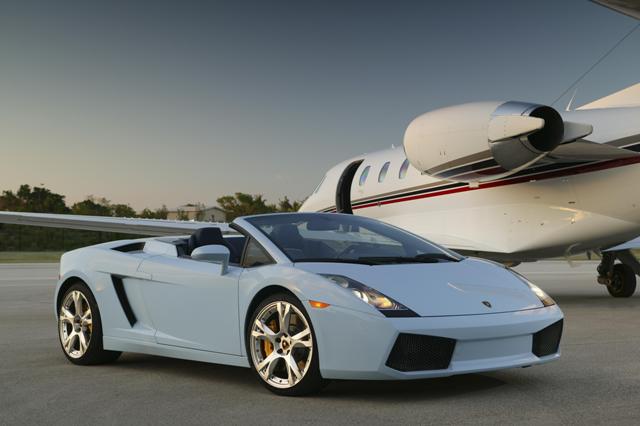
20 years of the Lamborghini Gallardo
London, 21 July, 2023, (Oilandgaspress) – The Gallardo, presented at the 2003 Geneva Motor Show, was the first Lamborghini production vehicle with a V10 engine. Right from the start, it became an incredible commercial success achieving sales record after sales record for Lamborghini. On the occasion of its twentieth anniversary, Automobili Lamborghini looks back at its history to celebrate the iconic “baby Lambo”.

Ferruccio Lamborghini had already sensed that there was a market for a “smaller” Lamborghini and, above all, one with a lower price tag and running costs, and at the start of the 1970s he encouraged the development of what would become the Urraco, which evolved during the 1980s into the Jalpa.
In 1987, Lamborghini started development of the L140 project, specifically to create a more compact Lamborghini. Over the years several prototypes were developed, and various technical solutions explored, including a V8 in the first instance and then a V10 engine.
In 1998, after careful consideration it was decided to start again from scratch, taking as the foundations only the concept, general dimensions and the idea of a ten-cylinder engine: something never installed before on a Lamborghini road car.
The brand-new engine was the result of the work of engineer Massimo Ceccarani who, after more than ten years in the company, took on the role of Technical Director, and of Maurizio Reggiani, who at the time was in charge of engine development and design in the Technical Office.
The first V10 was a state-of-the-art engine: 5 liters with dry-sump lubrication, double overhead camshafts for each cylinder bank, with variable valve timing (4 valves per cylinder) and chain-driven distribution.
The 6-speed gearbox was equipped with latest-generation double- and triple-cone synchronizers with optimized control and engagement system, and was located behind the engine, while the all-wheel drive used the tried-and-tested VT system. A robotized sequential system (the Lamborghini e-gear, offered as an optional extra on this version) was also developed, while keeping the basic mechanics of the gearbox unchanged.
The all-aluminium structural chassis is based on extruded parts welded to cast connection elements. On this chassis, the external body parts are mounted with differentiated systems (rivets or screws or welding), depending on the function of the part. Other external hang-on parts (such as bumpers) are made of thermoplastic material and connected by bolts.
Information Source: Read More
Energy Monitors , Electric Power , Natural Gas , Oil , Climate , Renewable , Wind , Transition , LPG , Solar , Electric , Biomass , Sustainability , Oil Price , Electric Vehicles,

